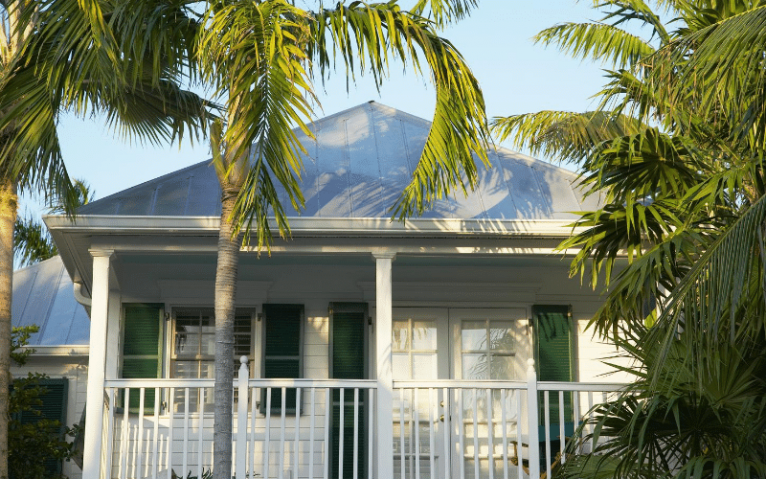After someone completes their addiction treatment, they’re often recommended to go to a halfway house afterward. The truth is, there are many benefits of halfway houses, and they play a significant role in the recovery journey. Let’s explore the benefits of halfway houses and how they contribute to long-term sober living.
What Are Halfway Houses?
A halfway house is a facility that provides residents with more than a place to live while they work on their sobriety. These homes offer residents the opportunity to access group and individual therapy, psychiatric services, and more. Sometimes known as “sober living houses: they’re a transitional living facility for those in recovery from drug and alcohol abuse.
Some halfway houses require residents to pass a drug screening and breathalyzer test, as they’re not equipped to deal with withdrawal symptoms or delirium tremens. These facilities are ideal for those who’ve already gone through a medical detox and, most likely, an inpatient or outpatient treatment program.
The length of stay varies tremendously, but most people stay anywhere between three to twelve months. The length of stay gives them enough time to secure a steady job and feel confident in their sobriety.
Benefits of Halfway Houses
Overall, the concept of halfway houses is a prevalent one among recovering addicts. Therapists and experts agree that these homes can work as an extension of treatment and provide additional aftercare support as people reintegrate into society.
- Great transitional living space. The whole point of sober living is to help addicts and alcoholics move seamlessly from substance abuse treatment to the real world.
- Drug and alcohol-free. Residents usually sign a contract upon entering a sober house. Relapsing violates the agreement, and tenants are promptly kicked out. Responsible halfway houses will then work to get the resident into a treatment center or detox.
- Promote accountability and prevent relapse. Through this “sobriety contract,” house meetings, drug tests, breathalyzers, and community support, recovery houses offer accountability that helps those in early-sobriety.
- Offer structure. The structure is incredibly beneficial for those transitioning from rehab back to the world. Any responsible sober house will require residents to have a job, are in school, or volunteer. Reliable sober homes also require residents to attend a certain amount of twelve-step meetings, have a sponsor, and be involved in step work.
- Offer week-to-week lease terms. This helps residents in early recovery (who are usually in difficult financial situations) afford rent. Also, many recovery houses are more than willing to arrange payment plans.
- Halfway houses are often affiliated with other transitional living facilities. These are places like three-quarter houses (a less structured version of halfway houses) and general sober living homes (a house where the only rule is those living there must be sober).
Understanding the Structures of Halfway Houses
Most halfway houses operate under strict contracts. When someone violates these contracts, meaning they relapse, they can be sent back to detox under this agreement. They also have house meetings, random drug tests, breathalyzer tests, and community support meetings that everyone must attend.
The structure of these programs is to help people maintain sobriety. Halfway houses can accommodate both alcoholics and drug addicts, but they’re typically not co-ed. Ideally, halfway homes are most effective when incorporating 12-step programs such as Alcoholics Anonymous or Narcotics Anonymous. Of course, these organizations have plenty of pros and cons for halfway house residents.
The Rules
Like in rehab, halfway houses also operate on strict rules and guidelines that help maintain the program’s effectiveness. The majority of these programs have rules like:
- Individuals must stay sober.
- Everyone must contribute to the house by doing chores.
- There’s no fighting or violence tolerated in the house.
- No stealing or destroying another resident’s property.
- Everyone must adhere to the curfew.
- Everyone must attend either 12-step meetings or another recovery meeting.
- Those without a job must interview for jobs.
As you can see, they’re relatively similar to an inpatient program. However, the main difference is the lack of medical and psychiatric staff on site.
The Drawbacks of Sober Living
Of course, the model of halfway houses lends itself to some drawbacks. Most of the time, these disadvantages arise from those trying to take advantage of these programs and those in recovery. Some problems include:
- Not all halfway houses are responsible. Some strictly exist to make money off the newly sober. If you’re looking at sober living for yourself or a loved one, it’s essential to research and find an ethical facility.
- Most sober living facilities are co-ed. Still, recovery houses can have a men’s section and a women’s section side-by-side.
- Relapse Still Happens. Like any sobriety resource, some people relapse at halfway houses. The high concentration of those in early recovery makes relapse a genuine issue. If one resident relapses, it’s possible others will join them.
Getting Help for Long-term Sobriety
For those in early-sobriety, sober living offers accountability, structure, a support network, and general help during a tough time. Halfway houses can also be shady and present a risk for relapse. However, the benefits outweigh the drawbacks.
Our aftercare recovery programs also help you maintain long-term sobriety and continue to work on your recovery even after rehab. We focus on helping you reach your spiritual goals, life skills, career goals and build a sober support network that will push you in your recovery process from drug abuse.
If you or someone you know is struggling with substance abuse, contact us for help today. At Lighthouse Recovery Institute, our addiction specialists can help you find the best road to recovery.









